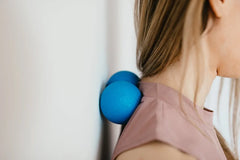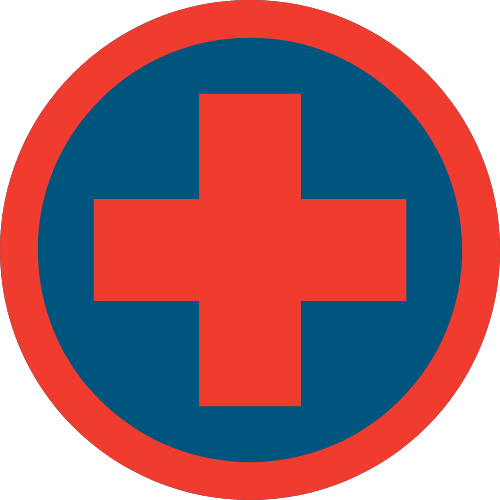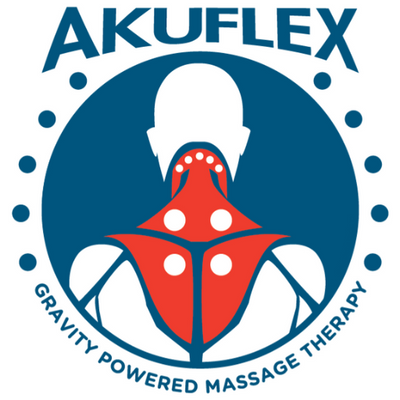Golgi tendon reflex: Why you should know what it is
A reflex is an action performed in response to a stimulus without conscious thought, actions biologically wired into us.
Some common examples are being startled, coughing, sneezing, or the knee jerk that occurs when doctors tap the patellar tendon.
Though most reflexes don't seem tempting to activate on purpose, the golgi tendon reflex or inverse stretch reflex should be be after reading this.
Why know?
By understanding what this reflex is and how to leverage it, you can address pain and tension from virtually anywhere, anytime.

There are two sensory receptors that play a vital role in this process, muscle spindles and golgi tendon organs.
1.) Muscle spindles are stretch receptors that are sensitive to change of position and the rate of that change.
- Imagine a thread of sensory organs surrounding muscle fibers, when the muscle stretches or lengthens, so do the spindles, causing the muscle to contract. This is known as the stretch reflex.
- The knee jerk is an example of the stretch reflex- muscle spindles are stretched in the tendon as a result of the knock.
2.) Golgi tendon organs (GTO) are considered to be muscle tension receptors located near the junction of a tendon. Their function can be seen as opposite to that of spindles, to relax the muscle.
- When lifting weights or applying force, if there is too much tension the GTO will inhibit the muscle creating force to prevent possible injury.
- The GTO can also be stimulated by prolonged stretch or pressure. The signal results in overriding the activity of the muscle spindles and allows for the muscle to relax. This is also known as autogenic inhibition or inverse stretch reflex.
Application
In other words applying pressure those tender, tight areas, sends signals to stop contraction, allowing for the muscle to relax.
- Current literature supports applying pressure to effected areas for 30 - 60 seconds, though sometimes tension may release sooner.
- Discomfort is normal but it is important to relax and breathe deeply through this process, if either become difficult regress in pressure.
- Avoid direct pressure over bony prominences.

Disclaimer
Contraindications are conditions in which the risk likely outweigh the potential benefits, if you have any of these, consult with a medical professional before performing SMTs:
- Skin rashes, wounds, inflammation, bruises, tumors
- Osteoporosis, deep vein thrombosis, fractures
- Cancer, Hypertension, Infection, Neurologic conditions
- Cardiac, liver, or kidney disease, diabetes, connective tissue disorders
- Extreme discomfort or pain felt
- Severe scoliosis or spinal deformity
- Osteomyelitis





